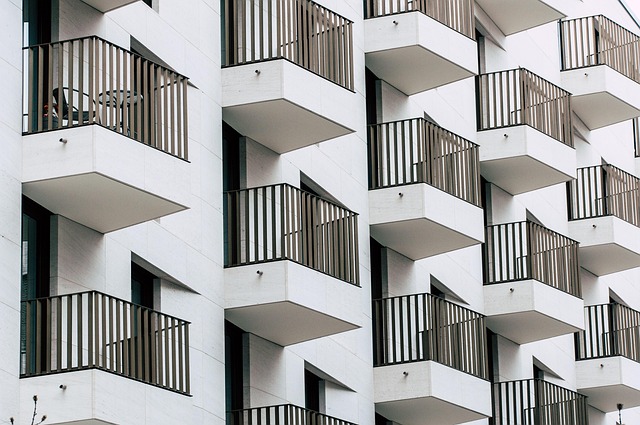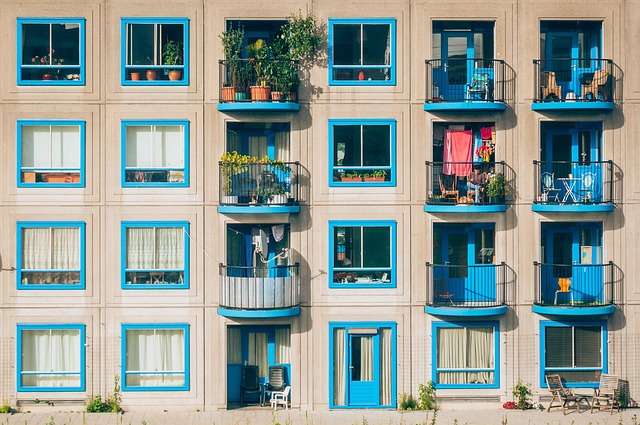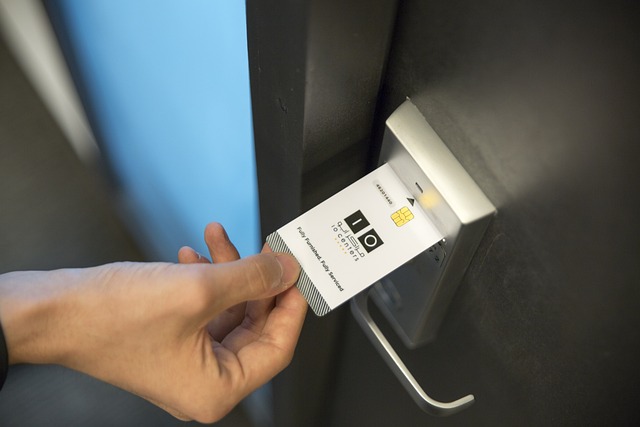In today's digital age, urban areas face escalating cyber threats and physical security challenges due to dense foot traffic. Traditional measures are inadequate, highlighting the need for advanced solutions like smart security systems for city homes. These systems leverage AI, motion sensors, IoT devices, facial recognition, and real-time data analytics to create multi-layered defenses. By integrating with city infrastructure, these systems enhance surveillance, deter criminals, ensure biometric access control, and enable swift emergency responses. They employ robust encryption and anonymization techniques to protect personal data while maintaining residents' privacy, balancing effective urban security with individual freedoms.
With increasing urban populations, high-traffic areas face heightened security challenges. This article explores the crucial role of smart security systems in safeguarding bustling cities. We delve into the essential components required to fortify these areas, focusing on integration of Internet of Things (IoT) and Artificial Intelligence (AI) technologies for efficient surveillance. Additionally, we address privacy and data security concerns integral to maintaining a secure yet livable environment for city dwellers. Discover how smart security systems can revolutionize urban safety without compromising personal space.
- Understanding the Need for Enhanced Security in Urban Areas
- Components of a Smart Security System for Cities
- Integrating Technology: IoT and AI for Efficient Surveillance
- Ensuring Privacy and Data Security in High-Traffic Zones
Understanding the Need for Enhanced Security in Urban Areas

In today’s digital era, high-traffic urban areas face unprecedented challenges in maintaining safety and security. The constant hustle and bustle of folks, coupled with the growing sophistication of cyber threats, demand innovative solutions. Traditional security measures are no longer sufficient to safeguard city homes and public spaces from a myriad of risks, ranging from physical break-ins to sophisticated hacking attempts. As such, there’s a pressing need for enhanced security in urban areas, requiring the integration of smart security systems tailored for cities.
These smart security systems for city homes leverage advanced technologies like artificial intelligence, motion sensors, and real-time data analytics to create layered defenses. By interconnected these components, they enable more effective navigation through complex security landscapes. For instance, a smart security system might detect unusual activity via motion sensors, alert authorities through automated alerts, and adjust lighting or access controls to deter potential threats, all within seconds. This holistic approach ensures that urban areas remain vibrant, bustling centers of activity while prioritizing the safety and peace of mind for their residents.
Components of a Smart Security System for Cities

Smart security systems for city homes are a multifaceted solution designed to safeguard urban areas with high foot traffic. These systems leverage cutting-edge technology such as artificial intelligence, facial recognition, and IoT (Internet of Things) devices to create layers of protection. Cameras equipped with AI can detect unusual activities or recognized faces, triggering alerts that notify authorities in real time. Motion sensors and smart lighting can also be integrated to discourage potential threats, enhancing visibility and deterring criminals.
Furthermore, these systems interconnect with existing city infrastructure like traffic lights and public address systems for comprehensive monitoring. Access control mechanisms using biometric data ensure secure entry into critical facilities while allowing swift emergency response. By integrating all these components, smart security systems provide an effective, efficient network that protects city homes and ensures the safety of its residents in high-traffic zones.
Integrating Technology: IoT and AI for Efficient Surveillance

Integrating technology, specifically IoT (Internet of Things) and AI (Artificial Intelligence), is transforming urban area surveillance into a more efficient and proactive measure for security. Smart security systems for city homes can leverage IoT devices to collect real-time data from various sensors, cameras, and other smart appliances. This interconnected network enables continuous monitoring, allowing AI algorithms to analyze patterns, detect anomalies, and predict potential threats.
For instance, AI-powered cameras equipped with facial recognition capabilities can identify individuals entering high-traffic areas, while motion sensors can alert authorities about unusual activity. By integrating these technologies, security systems can adapt to the dynamic nature of urban environments, enhancing responsiveness and ensuring the safety of city residents.
Ensuring Privacy and Data Security in High-Traffic Zones

In high-traffic urban areas, protecting personal data and maintaining privacy are paramount. Smart security systems for city homes play a crucial role in achieving this balance. These advanced systems employ intricate encryption protocols to safeguard sensitive information transmitted between devices and centralized control units. By integrating secure communication channels, they ensure that even as the flow of people and vehicles is extensive, individual data remains confidential.
Furthermore, these smart security solutions often incorporate anonymization techniques and localized data storage, minimizing the risk of unauthorized access. This approach respects the privacy rights of residents while still enabling efficient surveillance and response mechanisms. With the right balance between technology and respect for personal boundaries, urban areas can become safer without compromising on individual freedoms.
As we’ve explored, the need for robust security in high-traffic urban areas is paramount. By implementing layered security systems that integrate Internet of Things (IoT) technology and artificial intelligence (AI) for efficient surveillance, cities can enhance safety without compromising privacy. Balancing these considerations is crucial to create a harmonious environment where residents and visitors alike feel secure. Adopting smart security systems for city homes isn’t just an option—it’s a necessary step towards building more resilient and peaceful urban communities.
